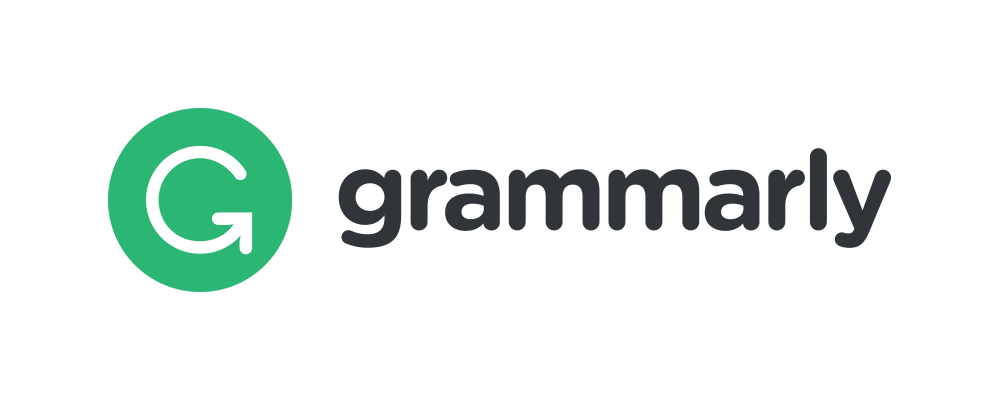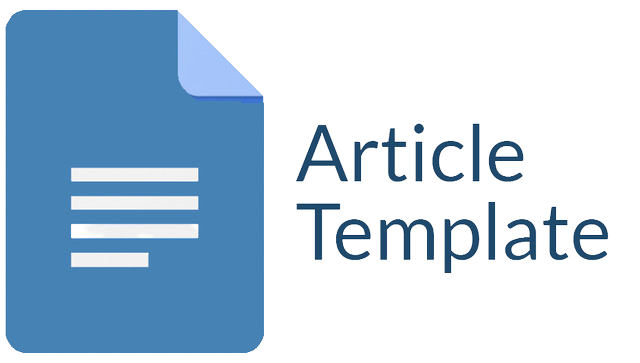PENGARUH KEBIASAAN MENONTON YOUTUBE TERHADAP PENGUASAAN KOSA KATA ANAK USIA DINI PADA KELOMPOK A DI TK GITA NUSA
Abstract
Youtube is a video service provider platform that is most often used by the public as a medium of entertainment, including early childhood. This study aims to analyse the effect of Youtube viewing habits on children's vocabulary mastery. This research was conducted using a qualitative research approach. The data collection techniques used include observation, interviews and documentation. Research data sources were obtained from group A students as the main focus, student guardians and class teachers as supporting data sources. The results of observations taken in the form of recapitulation of children's vocabulary data in accordance with vocabulary acquisition indicators are analysed descriptively. During the observation, it was seen that children were able to pronounce some standard and formal words that had not even been taught at school. The habit of watching Youtube with genres that are not suitable for children will have a negative impact on the pronunciation of words that are not good, such as impolite words or even dirty words. In this study, it was found that the habit of watching Youtube has an effect on the mastery of vocabulary in early childhood, both positive effects, namely children have a lot of new vocabulary that has a good language structure and diction selection, and negative effects, namely children bring up words that are less polite or not good. The type of Youtube viewing, supervision and guidance from parents affect the mastery of vocabulary in early childhood
Downloads
References
Amada, N. Z., & Hakim, A. (2022). Analisis Penggunaan Youtube sebagai Media Ajar Pendidikan Anak Usia Dini di Era Digital. Jurnal Riset Pendidikan Guru Paud, 8–14. https://doi.org/10.29313/jrpgp.vi.612
Amaliah, S., Maryani, K., & Khosiah, S. (2022). Hubungan Menonton Video Youtube Dengan Kemampuan Komunikasi Anak Usia 5 -6 Tahun. As-Sibyan: Jurnal Pendidikan Anak Usia Dini, 7(1), 121–132. http://jurnal.uinbanten.ac.id/index.php/assibyan/article/view/5794
Cahyani, P., & Rasna, I. (2019). Pengaruh Media Youtube “Babybus” Terhadap Keterampilan Berbicara Anak Usia 2 Tahun. Jurnal Pendidikan Dan Pembelajaran Bahasa Indonesia Vol 9 No 2, Oktober 2020, 9(2), 95–102.
Fadilah, A. N., Karmila, M., & Purwadi. (2022). Analisis Kemampuan Membaca Permulaan Melalui Channel Youtube Yufid Kids Saat Pandemi Covid-19 Pada Anak Usia 5-6 Tahun. 3(2), 49–54.
Fakhriyah, F. N. (2020). Media Youtube Sebagai Sarana Pemerolehan Bahasa B2 Anak Usia 3-5 Tahun (Studi Kasus Dua Orang Anak). Kadera Bahasa, 12(1), 48–57. https://doi.org/10.47541/kaba.v12i1.111
Hastuty, M., Fahmi, & Rosidah, L. (2021). Pengaruh Penggunaan Aplikasi Youtube Terhadap Perkembangan Sosial Anak Usia 4-5 Tahun. Jurnal Pelita PAUD, 6(1), 102–109. https://doi.org/10.33222/pelitapaud.v6i1.1511
Kurniati, M., & Nuryani, N. (2020). Pengaruh Sosial Media Youtube Terhadap Pemerolehan Bahasa Anak Usia 3-4 Tahun (Studi Pada Anak Speech Delay). Fon : Jurnal Pendidikan Bahasa Dan Sastra Indonesia, 16(1), 29. https://doi.org/10.25134/fjpbsi.v16i1.2494
Lai, K. (2013). How are our undergraduates using Youtube? A survey on music students’ use of Youtube and the library’s multimedia collection. Music Reference Services Quarterly, 16(4), 199–217. https://doi.org/10.1080/10588167.2013.843361
Lichter, J. (2012). Using Youtube as a platform for teaching and learning solubility rules. Journal of Chemical Education, 89(9), 1133–1137. https://doi.org/10.1021/ed200531j
Masyhud, S. (2014). Metode penelitian pendidikan. Jember: Lembaga Pengembangan Manajemen dan Profesi Kependidikan (LPMPK)
Nasuha, R. I. (2020). Pengaruh Youtube terhadap permerolehan bahasa kedua pada anak usia 8 tahun. Jurnal Pendidikan Bahasa Dan Sastra Indonesia, 6(2), 44–59.
Putri, N. E., Susanto, A., & Nur, T. (2018). Pengaruh Konten Youtube Gaming Terhadap Pemerolehan Bahasa Anak Usia Tiga Sampai Enam Tahun. Jurnal Prespektif, 460–470.
Rahayu, V. J. (2021). Pengaruh Video Youtube Terhadap Aktivitas Belajar Online Peserta Didik Pada Tema Indahnya Kebersamaan Dikelas. 2, 6.
Rakiyah, S. (2021). Strategi Peningkatan Kemampuan Bicara Anak Usia 3 Tahun Melalui Youtube. Komunikologi: Jurnal Pengembangan Ilmu Komunikasi Dan Sosial, 5(1), 56. https://doi.org/10.30829/komunikologi.v5i1.9467
Salehudin, M. (2020). TIDAK DIPAKE TDK COCOKLiterasi Digital Media Sosial Youtube Anak Usia Dini. Jurnal Ilmiah Potensia, 5(2), 106–115.
Sugiyono, D. (2018). Metode Penelitian Kuatintatif, Kualitatif dan R & D. Bandung: Alfabeta.
Ulya, S. M., Fathurohman, I., & Setiawan, D. (2021). Analisis Faktor Penyebab Kecanduan Menonton Youtube pada Anak. Jurnal Inovasi Penelitian, 2(1), 89–94.
Umah, R. Y. H. (2017). Gadget dan Speech Delay : Kajian Perkembangan Kemampuan Berbahasa Anak. Indonesian Journal of Islamic Early Childhood Education, 2(2), 235–242.
Copyright (c) 2023 Iklilah Dini Fajriyah, Firman Ashadi, Mochammad Maulana Trianggono, Nurhafit Kurniawan

This work is licensed under a Creative Commons Attribution-ShareAlike 4.0 International License.
Jurnal allows anyone to compose, correct, and do derivative works, even for commercial purposes, as long as they credit for the original work. This license is the freest. It is recommended for maximum distribution and use of licensed material.
The submitted paper is assumed not to contain any proprietary materials that are not protected by patent rights or patent applications; The responsibility for technical content and protection of proprietary materials rests with the authors and their organizations and not the responsibility of journal or its editorial staff. The primary (first/appropriate) author is responsible for ensuring that the article has been viewed and approved by all other authors. The author's responsibility is to obtain all necessary copyright waivers to use any copyrighted material in the manuscript before submission.
Jurnal Pendidikan, Sains dan Teknologi allows the author(s) to hold the copyright without restrictions and allow the author(s) to retain publishing rights without restrictions. Jurnal Pendidikan, Sains dan Teknologi CC-BY-SA or an equivalent license as the optimal license for the publication, distribution, use, and reuse of scholarly work. Jurnal Pendidikan, Sains dan Teknologi allows the author(s) to hold the copyright without restrictions and allow the author(s) to retain publishing rights without restrictions. Jurnal Pendidikan, Sains dan Teknologi CC-BY-SA or an equivalent license as the optimal license for the publication, distribution, use, and reuse of scholarly work.
In developing strategy and setting priorities Jurnal Pendidikan, Sains dan Teknologi recognize that free access is better than priced access, libre access is better than free access, and libre under CC-BY-SA or the equivalent is better than libre under more restrictive open licenses. We should achieve what we can when we can. We should not delay achieving free in order to achieve libre, and we should not stop with free when we can achieve libre.
Jurnal Pendidikan, Sains dan Teknologi is licensed under a Creative Commons Attribution-ShareAlike 4.0 International License.
You are free to:
- Share a copy and redistribute the material in any medium or format
- Adapt a remix, transform, and build upon the material for any purpose, even commercially.
- The licensor cannot revoke these freedoms as long as you follow the license terms.






